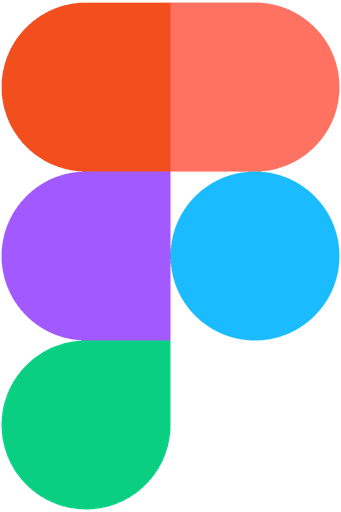Exploding Kittens 2: Digitising a Board Game into a Seamless Cross-Platform Experience
Exploding Kittens 2 aimed to reimagine the beloved board game for digital platforms, preserving its chaotic humour while delivering a more polished, scalable, and intuitive experience across mobile, PC, and consoles.
Role
Senior UX/UI Designer
Location
London, UK
Marmalade Studio
100+
Problem
Exploding Kittens fans requested a more authentic and visually engaging digital product because the first app failed to capture the true spirit, gameplay, and distinctive visual identity of the board game.
Outcomes
Overwhelming feedback that we managed to capture the feel of the physical game while enhancing the digital experience with fun improvements.
Wishlisted over 2000 times on Steam, reaching a mostly positive rating, even with initial technical issues
The addition of personalization and customization options enhanced user engagement, leading to a 25% increase in user retention rates.
4.7/5
App Store Rating
4000+
Users in the first week
$50,000
In the first month
Process
Research
We conducted user interviews with both board game fans and players of the original digital version, gathering qualitative insights to deepen our understanding of user needs. To align on the product vision, we ran stakeholder workshops using 'How Might We' questions and Crazy Eights exercises. Additionally, we carried out a thorough competitive analysis, which helped define key areas for enhancement in Exploding Kittens 2.
Prioritising
After gaining a clear understanding of our users and business requirements, we defined our goals, prioritized features, and secured approvals from both the brand and key stakeholders.
With only eight months to deliver the product, we had to be mindful of resource allocation, focusing on what was achievable and managing expectations carefully.
Wireframes and prototypes
After an initial brainstorming phase, we mapped out the full product through detailed user flows. Building on this foundation, we iterated on wireframes and prototypes, refining the user journey until both the team and stakeholders were satisfied.
Design System
I was responsible for developing a custom design system for our product. Using atomic design principles, I created the company’s first design system. The system needed to align with our engine, Unity, which uses a feature called 9-slice for asset scaling. To ensure consistency in asset creation, I replicated this feature in Figma, enabling us to design complex assets while maintaining responsiveness.
From board game to digital experience
To bring all the actions from the board game into the digital space, we analyzed each action and distributed them among the team. We created storyboards to illustrate how each action would be executed, reviewing and iterating on them multiple times until we were satisfied with the outcome.
Visual design
After establishing the core structure, we turned our attention to visual design. We developed a unified style encompassing typography, colors, icons, assets, and animations. This effort culminated in the creation of a detailed style guide to maintain consistency throughout the product
Conclusion
The goal of bringing a beloved tabletop game into the digital space was successfully achieved. As a design challenge, it was both engaging and deeply rewarding. Beyond the design work, the artists did an incredible job animating the cards, infusing them with personality and truly bringing the product to life.
From a business perspective, the project carried high expectations and initially fell slightly short. However, with its strong long-term potential and enduring appeal, it’s expected to more than make up for its slow start over time.



















